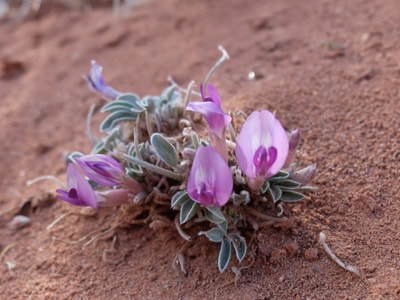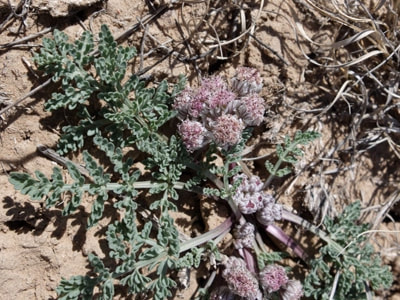Golden Currant, Buffalo Currant, Clove Bush,Ribes aureum,Gooseberry Family (Grossulariaceae)4/24/2020 Found in open woods, ditches, fencerows
Seen blooming in April off Hwy 554 Golden Currant is a non-spiny shrub with stems 4 to 5 feet tall and lobed leaves. The sweetly scented flowers are tubular, about 1 inch long and golden-yellow when fresh, but turn orangish to violet with age. The berries produced are golden turning to red or black and are edible. Also known as Buffalo Currant, it was an important food source for the Plains Indians. The fruits were eaten fresh or dried and mixed with dried buffalo meat or venison to make pemmican. The berries can also be converted into jams and jellies. Numerous animal species consume the fruits and nectar-loving birds such as orioles have been observed eating the flowers. Source. If you trying to identify a different flower then you can check what other flower bloom this month. If you cannot identify a flower from the website send a photo and where you took it to [email protected]. Read online for tips.
0 Comments
Found in sandy, dry areas
Seen blooming in April in Red Wash Canyon This beautiful little plant grows low to the ground with 5 to 11 silky leaflets. Flowers are showy, bright pink/purple with a lighter center and over 1" long. Seed pods are curved and covered in silky, white hairs. The Astragalus genus is very large and individual species are usually identified by their seed pod rather than their flower or leaves. Many varieties of Milkvetch grow in this area. Specific uses for Newberry’s Milkvetch are unknown, but other species in the Astragalus genus have many uses. The plant is considered poisonous, especially to stock and horses, however, medicinally a decoction of the whole plant is used as a wash for the head, hair and whole body, the plant is used for stomach disorders and as a gargle for sore throats, a poultice of crushed leaves is applied as an ointment for animals with urination troubles, an infusion of the root is used as a wash for sores, granulated eyelids and toothaches, also seeds are used for food, and pounded seeds are mixed with other foods and used as a spice. Source. If you trying to identify a different flower then you can check what other flower bloom this month. If you cannot identify a flower from the website send a photo and where you took it to [email protected]. Read online for tips. Found on dry, sandy, gravelly slopes
Seen in March and April in Plaza Blanca Spring Parsleys are early bloomers with fleshy, pale grey-green leaves divided into lobed leaflets and branched flower heads surrounded by papery bracts which have purplish veins. Flowers are dull-white or purplish with long, purple-tipped stamens. It grows close to the ground with flower stems up to 5" long. Leaves are divided into 3-6 pairs of leaflets. Traditionally the plant was eaten like celery and the large roots were ground into flour to make bread and biscuits giving these plants the common name of biscuitroot. Source. If you trying to identify a different flower then you can check what other flower bloom this month. If you cannot identify a flower from the website send a photo and where you took it to [email protected]. Read online for tips. Found in piñon-juniper woodlands
Seen blooming in April on the Espinosa Trail, Abiquiu The first bloom of this season is tiny and greenish so not easy to see. Mistletoe is a parasite of Junipers. It grows in 8 to 14 inch balls and looks very similar to the juniper leaves with smooth, branched, yellow-green stems. The leaves are tiny and scale-like. The female flowers are followed by small, round white to light pink berries. It has been used traditionally to make a tea to treat stomach problems and as “bad medicine for wizards”, the berries were used as a famine food, the branches were used to make a textile dye and for treating warts, and an infusion of the plant was used as a childbirth aid. Source. If you trying to identify a different flower then you can check what other flower bloom this month. If you cannot identify a flower from the website send a photo and where you took it to [email protected]. Read online for tips. |
AuthorI am Marilyn Phillips, a native of England, whose love of nature and the outdoors from childhood brought me by a circuitous route to Crested Butte, Colorado in 1993 and 16 years later to northern New Mexico. My exploration of the many trails in these areas, my interest in wildflowers and photography, and career in computer system design came together in this creation. If you have any corrections, comments or questions, please contact me by email. Archives
September 2025
Categoriescopyright © 2020
|






 RSS Feed
RSS Feed